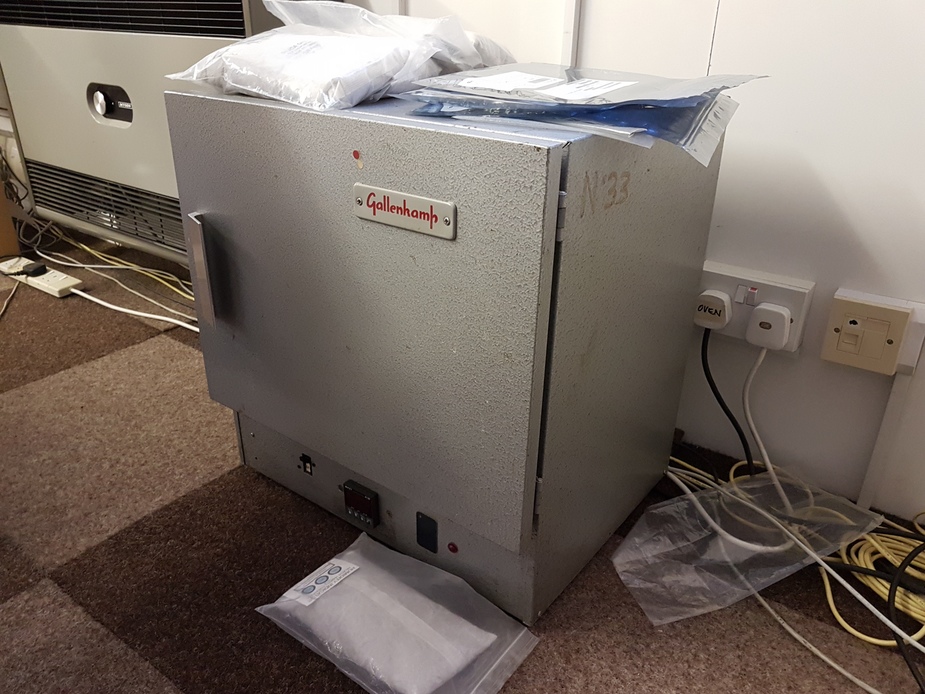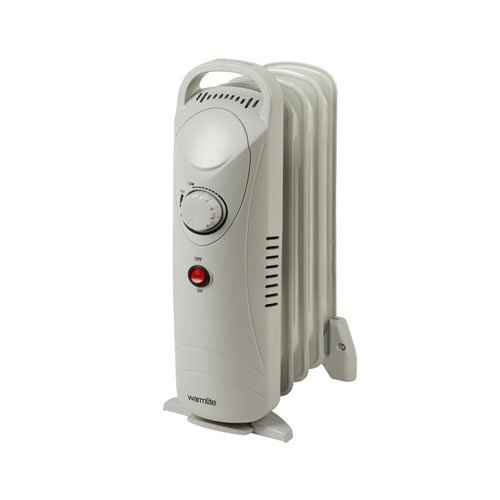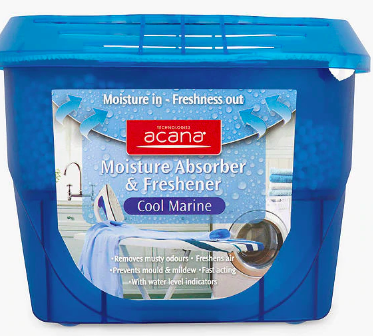That “blow dry air into the engine” part is handled by Achim’s kitty litter based engine dehumidifier. Perhaps it can be modified to also cycle the air inside the plane; I’ll leave it to Achim to tell us if it would make sense or not, I already made a fool of myself asking about lightbulbs, I’m not going to ask about the relative efficiency and eco-friendliness of baking the moisture out of silica gel, although replacing it (as in throwing out) seems wasteful.
For completeless, I did think about the stuff about photons escaping. A light bulb emits only 5% as visible light; the rest is mostly IR. I think only the 5% will therefore be able to escape through the windows, and given that all radiation degrades to heat, and since only a part of the cockpit is a window (even less if you have a cover on the plane) I don’t see, to a 1st order approximation, a difference between putting 100W into a bulb and putting 100W into some more normal heater 
I agree that a bulb is not very safe, in case it breaks. However the worst thing is a fan heater because you have a nasty failure mode if the fan fails and it fails to detect it and shut down. An oil heater which doesn’t need a thermostat should be the safest option. But it would need to be a small one; a 1kW one with a thermostat is going to make the inside (of a SEP) really hot if the thermostat fails.
IMHO if you can rig up a dry air blower in your hangar, without repercussions, you may as well rig up a non-drying warm air blower. It may not achieve a very low RH inside the engine but do you need that, assuming the plane is actually flown to at least the several EuroGA meet-up each year?  And you get much better engine starting. My late friend Stefan from Dortmund (“GoAround”) had such a (commercial) device, 24/7 I think, in the winter. He posted a pic here somewhere.
And you get much better engine starting. My late friend Stefan from Dortmund (“GoAround”) had such a (commercial) device, 24/7 I think, in the winter. He posted a pic here somewhere.
One can put the bulb in a metal mesh, something like the auto mechanics (and plane ones likely as well) used to use, so it won’t get close enough to anything to really hurt it; if the glass breaks for whatever reason, the heating element will self destruct and that will be the end of it, unless I’m missing something obvious. Truth be told, I distinctly recall a special bulb my grandparents used to keep little chickens warm, I think they were easier to hurt than a plane / electronics. And the bulb idea sounds dead simple – no PWM, no SSR needed, find a suitable location in the cockpit, plug in, and done. KISS, methinks.
I’m guessing, but am not smart enough to prove/disprove, that a dry-air blower uses significantly less electricity than a heated-air blower; it would be really interesting how things work out if one factors getting the silica gel dry (as one should) into the equation. Still, the electricity in my hangar comes from coal (yes, over here in Poland we suck rocks through a straw in terms of being environmental, sadly, but I’m told we have to think about the miners’ children…) but at home, where the gel would be dried, it comes from a solar array (of course not all of it, since the drying of silica gel will use electricity at night too, but I’ll make up for it when the gel is dry and the sun is shining).
Yes; I am sure you can drop the RH say 10% with much less power (in the form of a fan-driven dried air stream) than achieving the same % RH drop by heating the whole cockpit. I don’t think it is necessarily a universal rule but in this case what is probably working against us is the large heat loss from the cockpit.
As regards drying the silica gel, I have an ancient Gallenkamp incubator, tweaked to +120C, which is about 500W. It probably draws about 100W once warmed up and it takes 24hrs. But that isn’t a problem because I take the bags to work to dry them. It takes 10 at a time.

The silica cat litter is cheap, just put in the trash afterwards or give it to somebody with an apartment cat.
An oil radiator can be bought for next to nothing: https://www.amazon.co.uk/Warmlite-WL43002Y-Mini-Filled-Radiator/dp/B015EQ95PK
By far the best solution when electricity is available.

I used one of these for a long time. You could get them in the Pound shop, cost naturally £1.00.

Did it make a difference? Not sure but it definitely gathered some moisture from the atmosphere. This one John Lewis @ 3.99, naturally. That is if John Lewis still exist. 